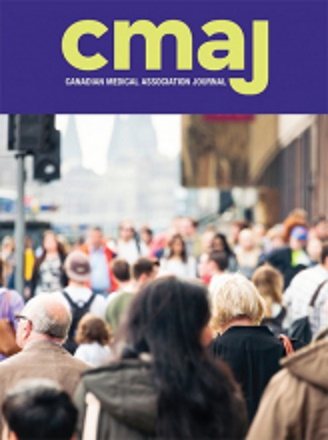I am reading an article in The Globe and Mail, with an attention-grabbing headline: Unvaccinated disproportionately risk safety of those vaccinated against COVID-19, study shows.
Except that the actual study shows no such thing. Nor does it involve actual vaccines or actual people.

What the study shows is that the simple (dare I say, naive) epidemiological model known as the SIR (Susceptible-Infected-Removed) model, when applied to a combination of two (vaccinated vs. unvaccinated) populations, indicates that the presence of the unvaccinated significantly increases the chances of infection among the vaccinated as well.
D’oh. Tell us something we didn’t know.
But the point is, this is a purely theoretical study. The math is elementary. The results are known (in fact, it makes me wonder why this paper was published in the first place; it’s not that it is wrong per se, but it really doesn’t tell us anything we didn’t know simply by looking at the differential equations that characterize the SIR model.) Moreover, the actual nuances of COVID-19 (mutations, limited and waning vaccine efficacy, differences between preventing infection vs. preventing hospitalization, death, or “long COVID” — in other words, all those factors that make CODID-19 tricky, baffling, unpredictable) are omitted.
So what will such a study accomplish? The authors’ point is that the model’s simplicity is a strength, as it also offers transparence and flexibility. I think in actuality, it will just muddy the waters. Those who are opposed to vaccination, especially mandatory vaccination, will call this study bogus and naive, an example of ivory tower theorizing with no solid foundations in reality. Conversely, some of those who are in favor of vaccination will present this paper as “proof” that the unvaccinated are selfish, irresponsible extremists who should be marginalized, ostracized by civilized society.
The Globe and Mail article is already evidence of this viewpoint. A quote from one of the study’s authors serves as a representative example: “In particular, when you have a lot of mixing between vaccinated and unvaccinated people, the unvaccinated people actually get protected by the vaccinated people, who act as a buffer – but that comes at a cost to the vaccinated.”
Does anyone think that pronouncements like these will help convince those who are ideologically opposed to vaccination or bought into the various nonsensical conspiracy theories about the nature, dangers, or efficacy of COVID-19 vaccines, especially mRNA vaccines?